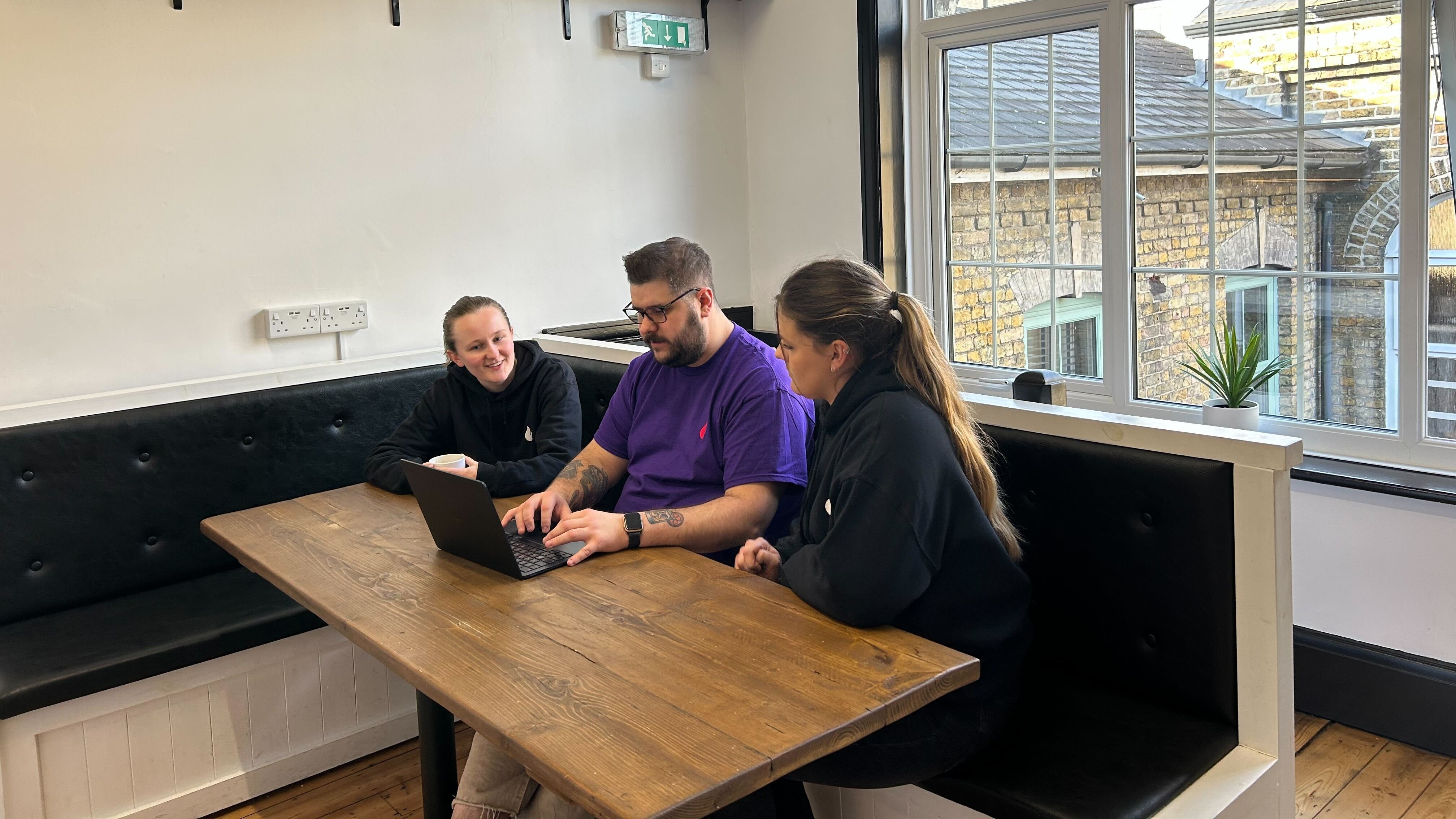How Do You Make a Responsive Website?

If you’re a business owner, you’ve probably been approached by several different agencies regarding your website. They’ll use buzzwords or phrases that aren’t common knowledge, to encourage you into investing, buying or retaining their services.
One of these is “your website isn’t responsive”. Which, when you’re not in the know, sounds an awful lot like your website is dead. This, luckily, isn’t the case at all. Below we’ll be looking at what ‘responsive’ means, how it differs from adaptive design, why it is important and how to implement it.
What Does ‘Responsive’ Mean?
Put simply, responsive web design is when a website is able to respond to all screen sizes on-the-fly. This can be anything from a desktop to a smartwatch. It’s commonly mistaken to only be associated with mobile devices, but it applies to all browser-enabled devices.
Responsive Versus Adaptive
You may have heard of adaptive website design, which is a similar concept. The difference here is that adaptive design means designing for specific screen sizes only. It does not adjust on-the-fly and is more limiting than responsive design. It also takes more time, so if given the choice you should always choose responsive web design over adaptive for your website.
Why You Should Be Responsive
It may seem like a lot of additional work, but there are several reasons why your website should be responsive. To start, Google as a search engine will give preference to websites that are responsive in search results. This is because this type of design offers users a better online experience, which is what they ultimately want to offer.
Secondly, touching on the same point, users are given a better overall user experience. They are not presented with bugs and errors that might occur if your website were not responsive or adaptive. This means users are more likely to stay on the website and convert into a customer.
Lastly, if you make your website responsive from the beginning, it really does not take up much development time. If a developer is aware of the design type from the start, they can code the website to best accommodate responsive elements. As we touched on earlier, adaptive design adds time and money to the build, as it’s specific to selected screen sizes.
Making an Existing Website Responsive
We would encourage you to design responsively from the start. It’s very difficult to make an existing website responsive, especially if you use a different developer to implement changes. Even if you want to keep your website the same visually, we would encourage a re-build in order to make the website fully responsive.
It’s like if you build a house and then want to change the foundations. It’s almost impossible to do so without starting from scratch. You could do it, but it would take a lot more time, effort and money to do so. It would also increase the risk of ‘damage’ to the rest of the ‘property’, unless you spent a lot of money on a specialist.
Don’t waste your time or money. Here at This is Fever we offer competitively priced websites, all of which are built responsively. We work collaboratively with our customers to ensure they get the website they want, and the one they fully deserve. Get in touch to find out more about our web development services today.



